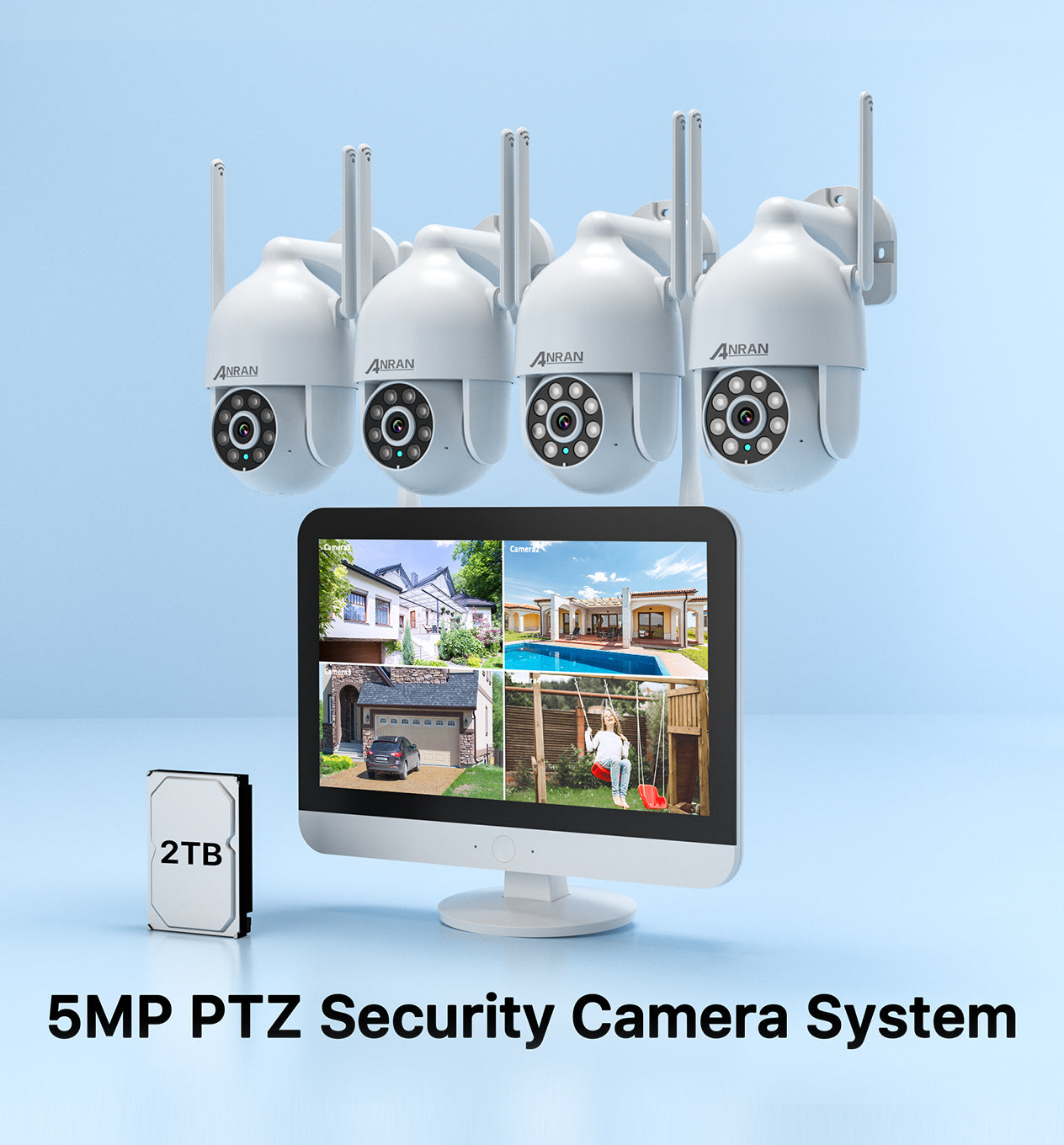Unlock the Secrets to Choosing the Perfect CCTV Camera for Your Home Security!
In an era where home security has become a priority for many, CCTV cameras have emerged as a vital tool in safeguarding our living spaces. Whether it’s to deter intruders, monitor deliveries, or simply keep an eye on loved ones, the right CCTV camera for home can provide peace of mind. This article aims to guide you through the essential factors to consider before making a purchase, ensuring that you select a camera that meets your specific needs. From understanding the different types of cameras available to evaluating key features, we will explore everything you need to know about choosing the perfect CCTV camera for your home security.

Understanding CCTV Camera Types
When it comes to selecting a CCTV camera for home use, understanding the different types available is crucial. The three most common types are dome cameras, bullet cameras, and PTZ (pan-tilt-zoom) cameras. Dome cameras are typically mounted on ceilings and are known for their discreet design, making them ideal for indoor surveillance. They often come with features like infrared night vision, which enhances their capability in low-light conditions. Bullet cameras, on the other hand, are more visible and are commonly used for outdoor monitoring. Their elongated shape allows for a more focused field of view, making them suitable for monitoring entrances or large outdoor areas. Lastly, PTZ cameras offer flexibility with their ability to pan, tilt, and zoom, providing comprehensive coverage of large spaces. They can be particularly beneficial for properties with expansive grounds or for monitoring areas where movement is expected. Understanding these differences will help you choose the type of camera that best suits your specific surveillance needs.
Key Features to Consider
When evaluating CCTV cameras, several key features should be at the forefront of your decision-making process. First and foremost, resolution is crucial; higher resolution cameras provide clearer images, which are essential for identifying faces or license plates. Night vision is another vital feature, allowing for effective surveillance even in complete darkness. Look for cameras that offer infrared capabilities to ensure that nighttime monitoring is reliable. Additionally, consider the field of view—cameras with a wider angle can cover more area, reducing the number of cameras needed for comprehensive coverage. Storage options are also important; some cameras offer cloud storage while others rely on local storage through SD cards or DVR systems. Each option has its pros and cons, so consider your needs for accessibility and security of the footage. Together, these features form the backbone of a reliable CCTV system, ensuring that your home security is robust and effective.
Wired vs. Wireless CCTV Cameras
One of the significant decisions you'll face is whether to choose wired or wireless CCTV cameras. Wired systems are often seen as more reliable since they are less susceptible to interference and offer a stable connection. However, installation can be more complex, requiring professional assistance and potentially invasive procedures to run cables through walls. In contrast, wireless CCTV cameras are easier to install and can be placed virtually anywhere, provided they have a power source. They also offer greater flexibility in terms of mobility and repositioning. However, they may be more vulnerable to signal interference and hacking, so it's essential to ensure robust security measures are in place. Weighing the pros and cons of both types will help you determine which system aligns better with your security needs and installation capabilities.
Installation and Maintenance Tips
Proper installation and maintenance are crucial for the effective functioning of your CCTV system. When installing cameras, consider placement carefully; high and unobstructed locations provide the best coverage and minimize tampering. Ensure that cameras are positioned to capture essential areas, such as entry points or large windows. Regular checks and maintenance are also vital; cleaning camera lenses and checking for any obstructions will help maintain image quality. Additionally, keeping software updated is essential for ensuring the security of your system against potential vulnerabilities. A friend of mine learned this the hard way when his outdated camera software left him vulnerable to hacking. Regular maintenance not only prolongs the life of your cameras but also ensures that your home security remains effective and reliable.
Key Takeaways for Choosing Your CCTV System
Selecting the right CCTV camera for your home security is an important decision that requires careful consideration of various factors. From understanding the types of cameras available to evaluating essential features, each choice plays a role in enhancing the safety of your home. Whether you opt for wired or wireless systems, and regardless of your specific needs, being informed is key to making the best choice for your security. As you embark on your journey to fortify your home, remember that the right CCTV camera can provide not only protection but also peace of mind. Make an informed decision, and you will be well on your way to creating a safer environment for you and your loved ones.











Comments